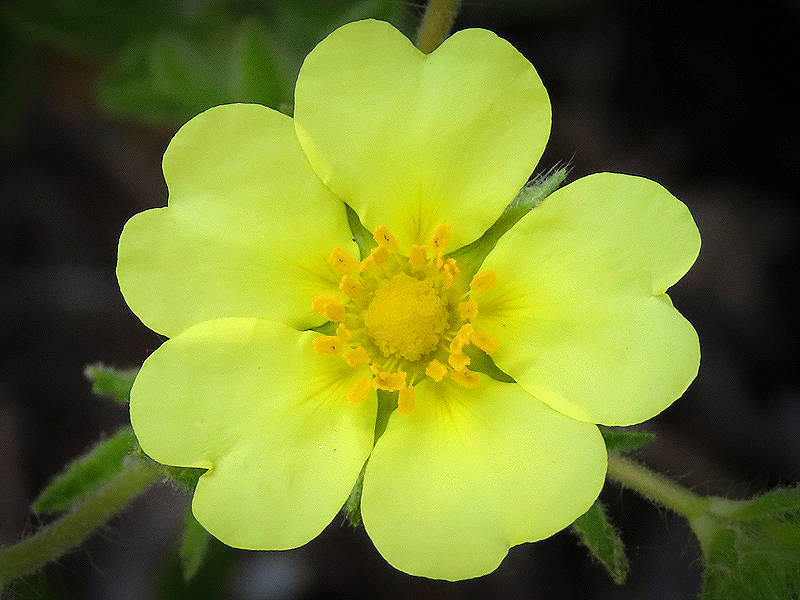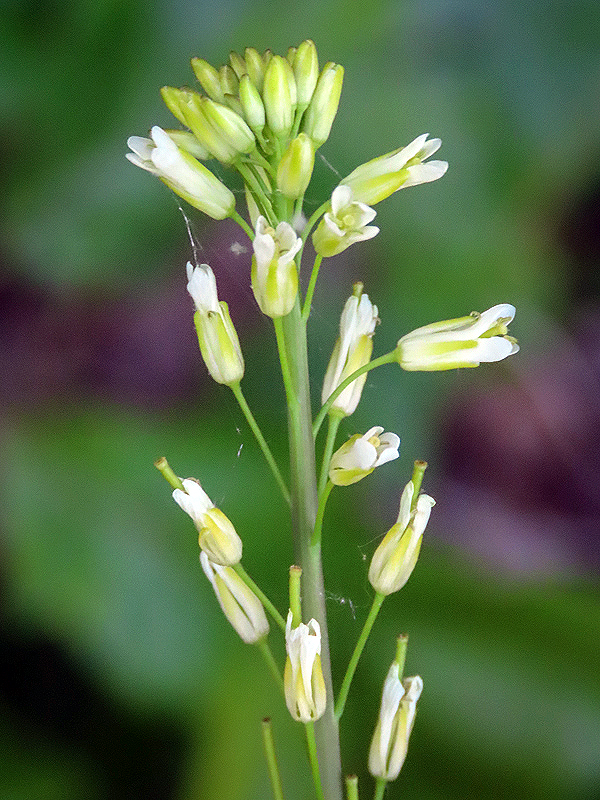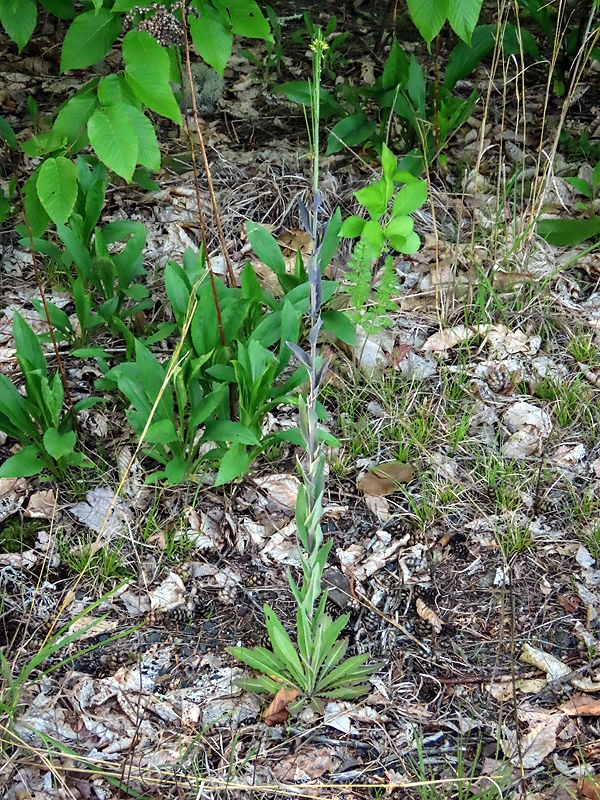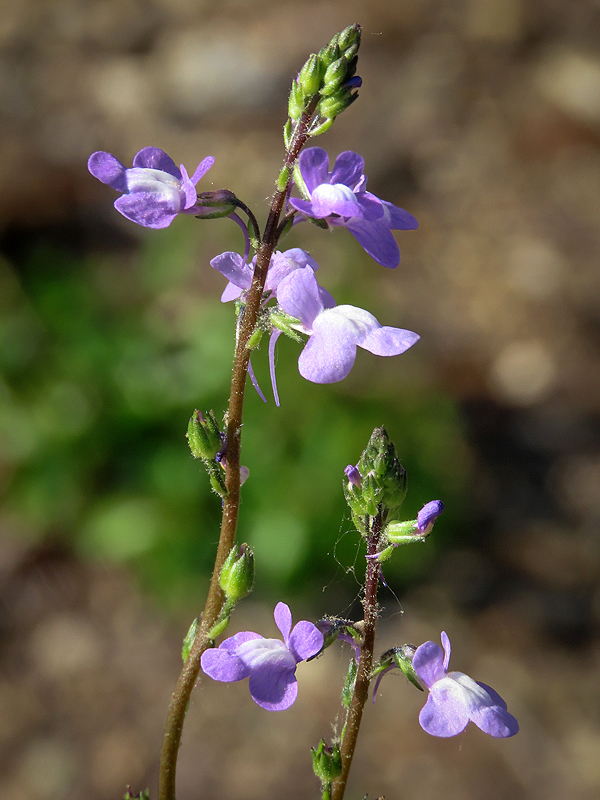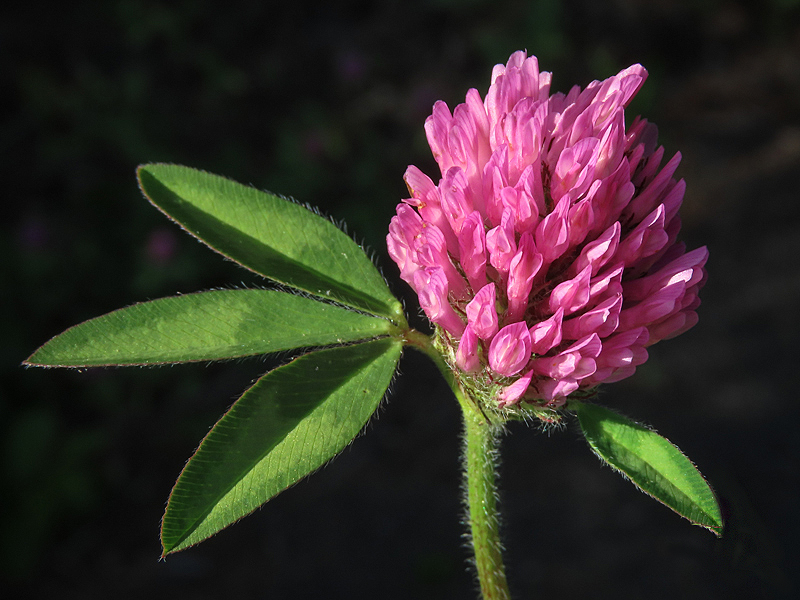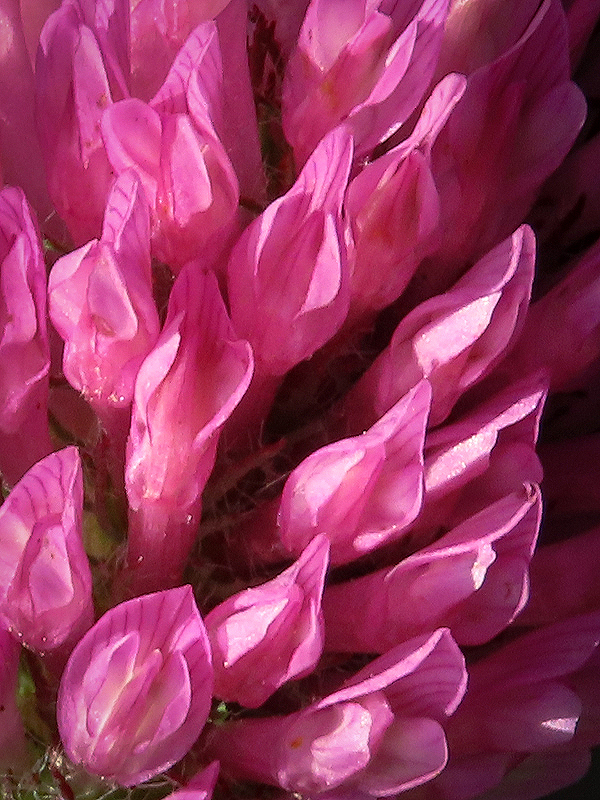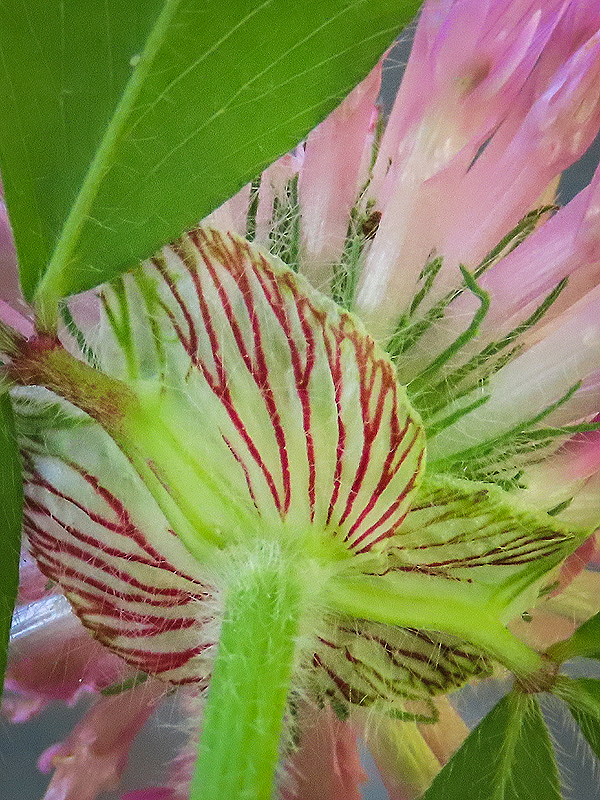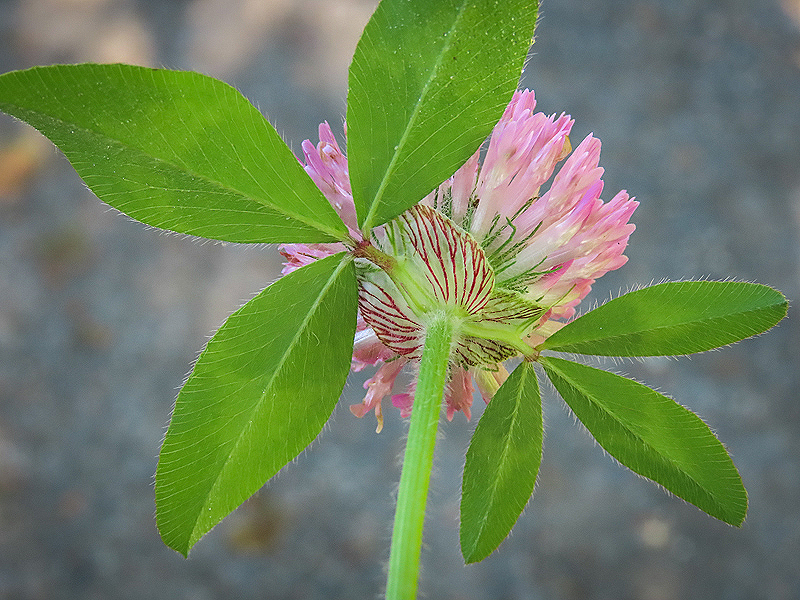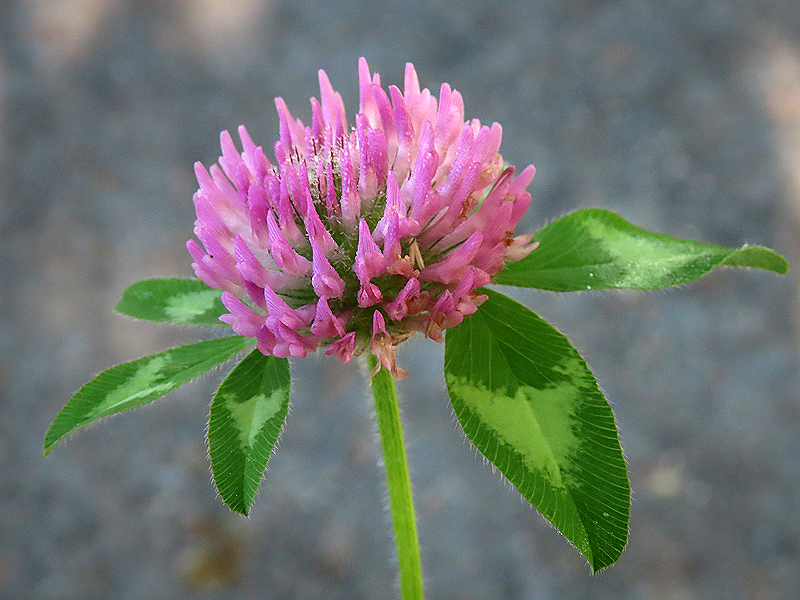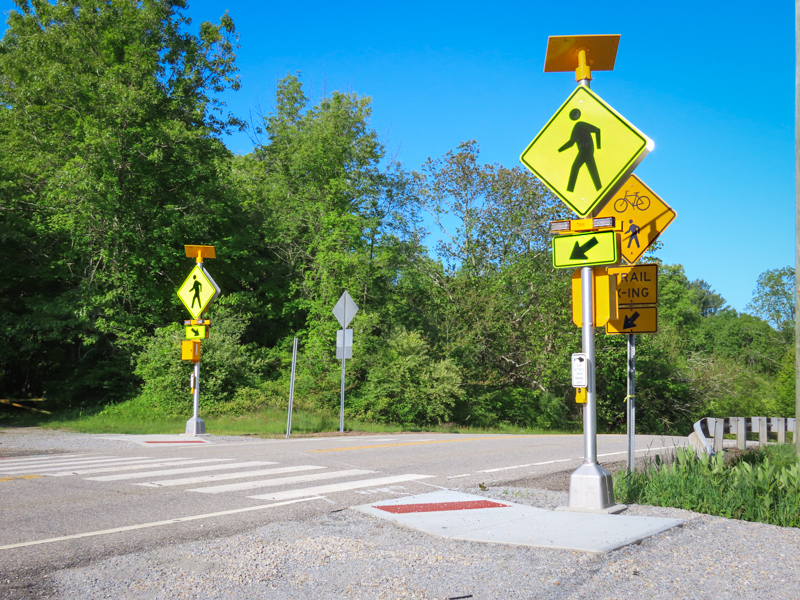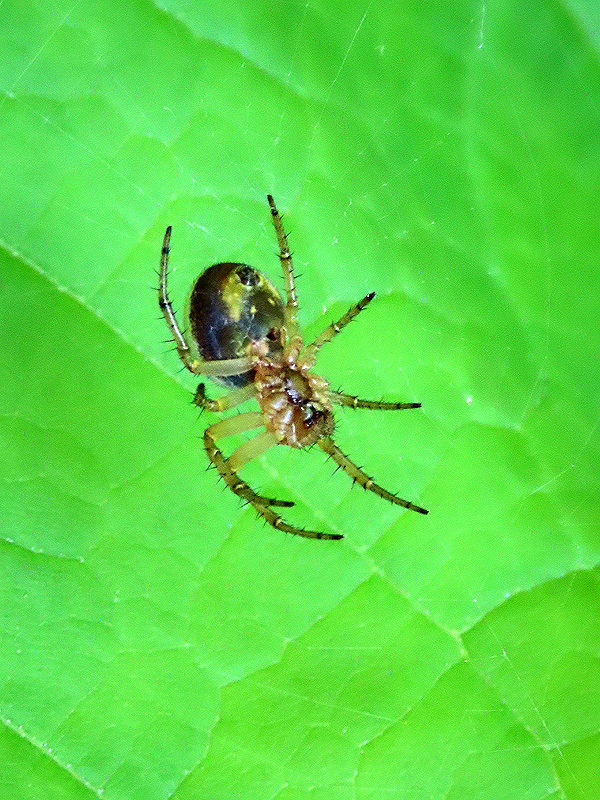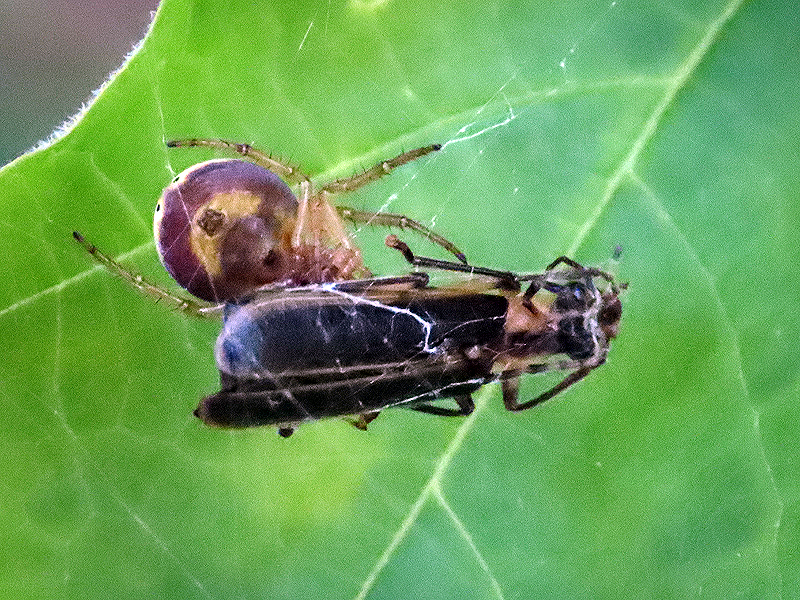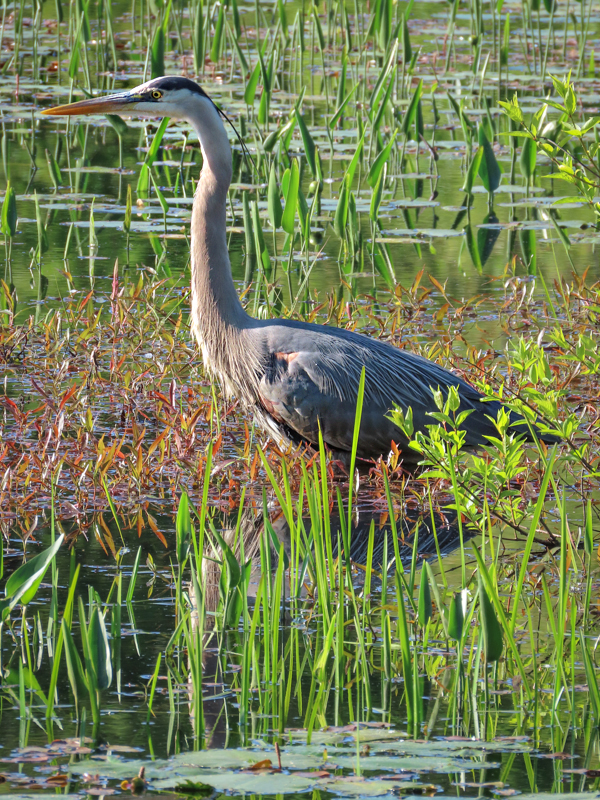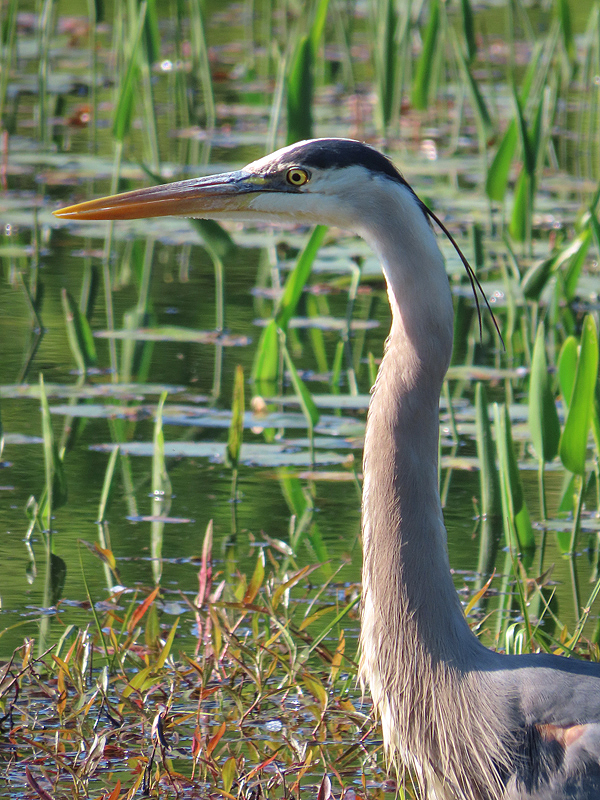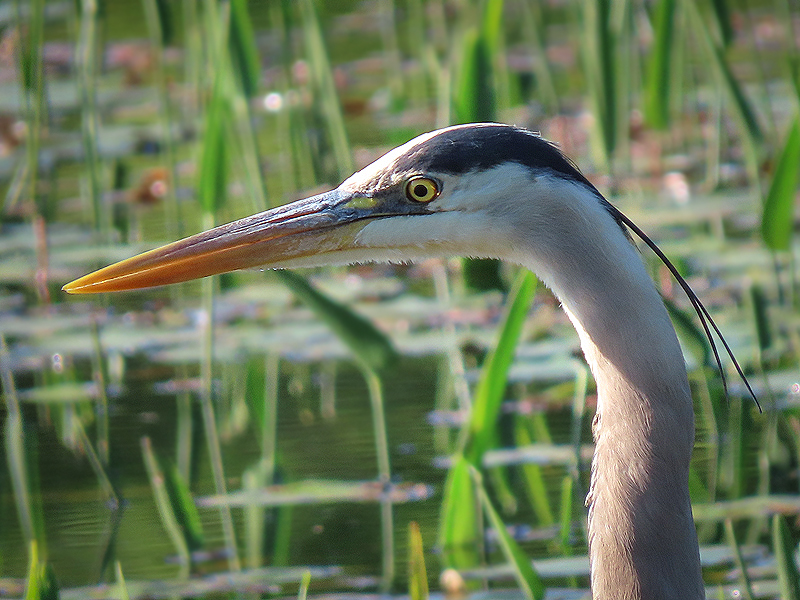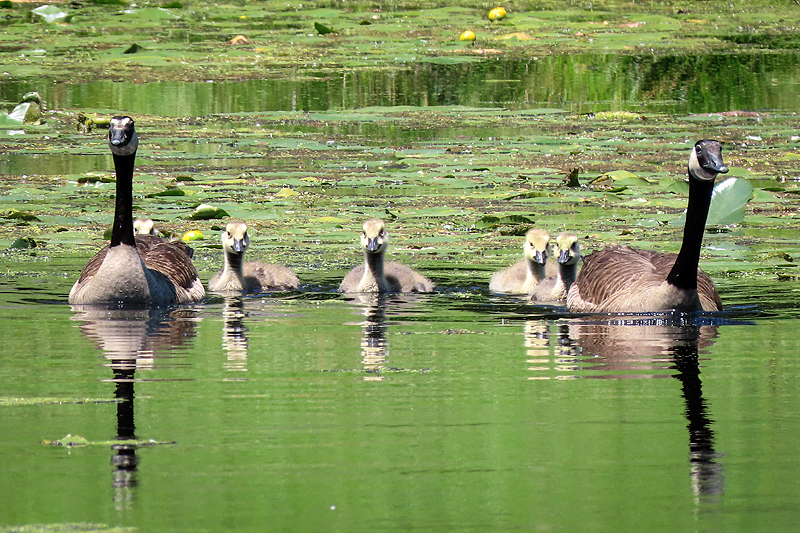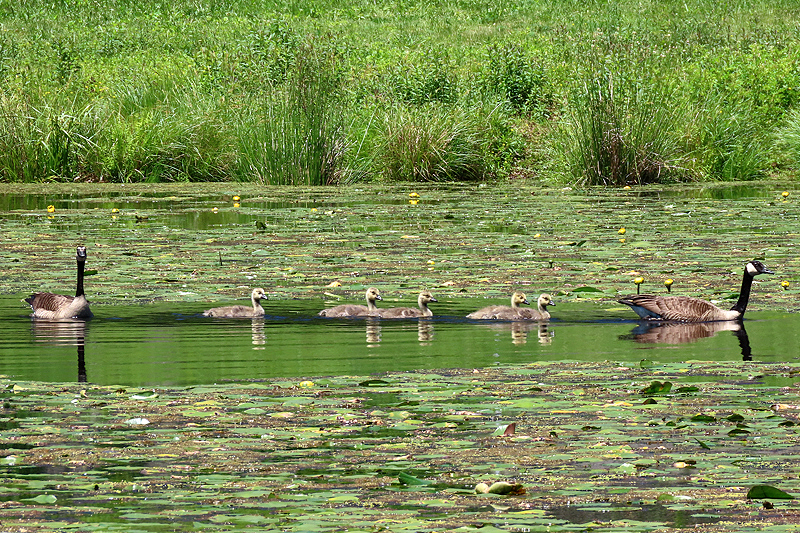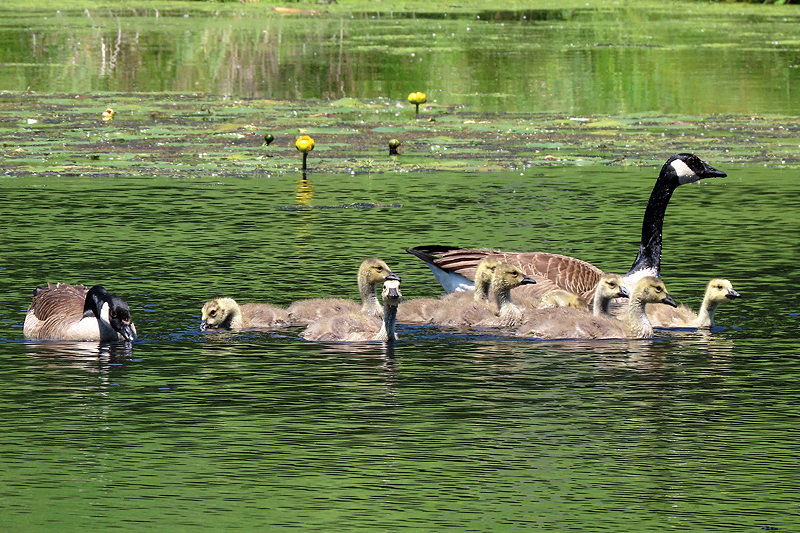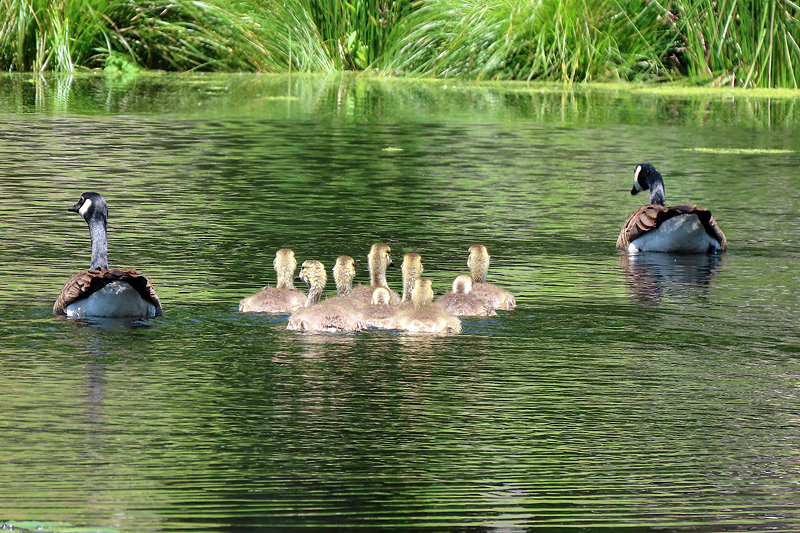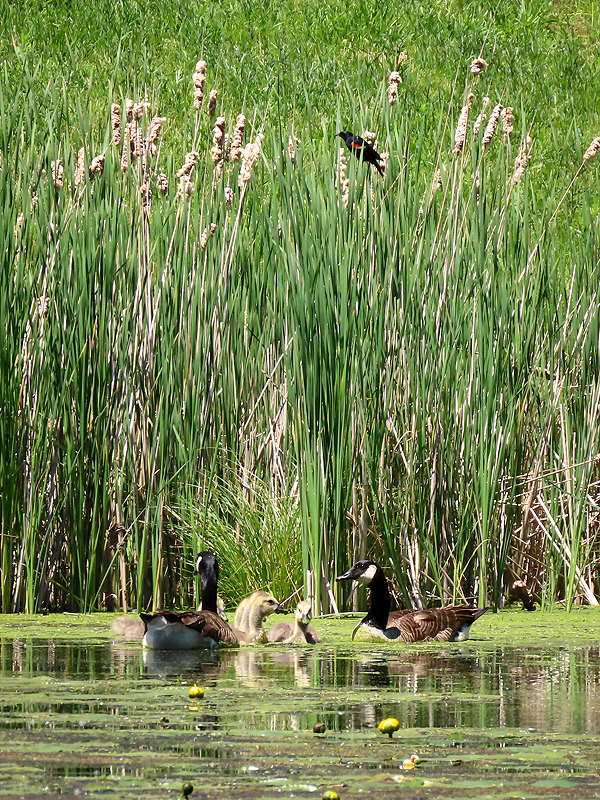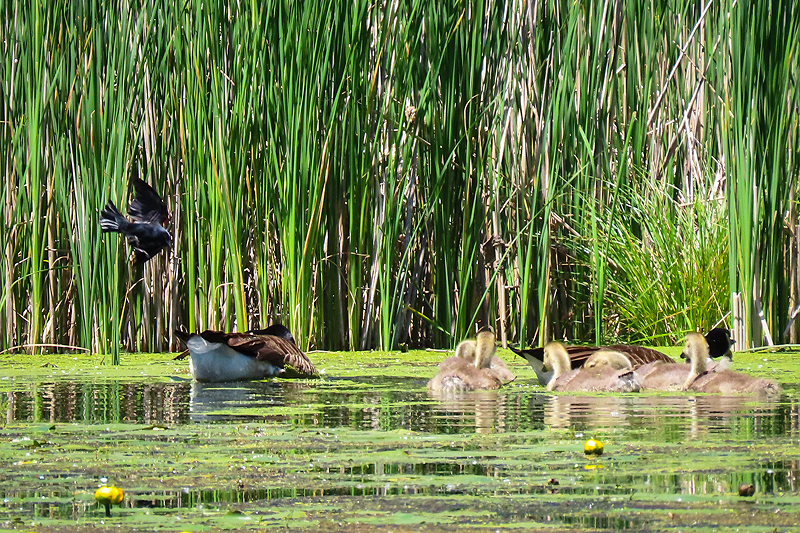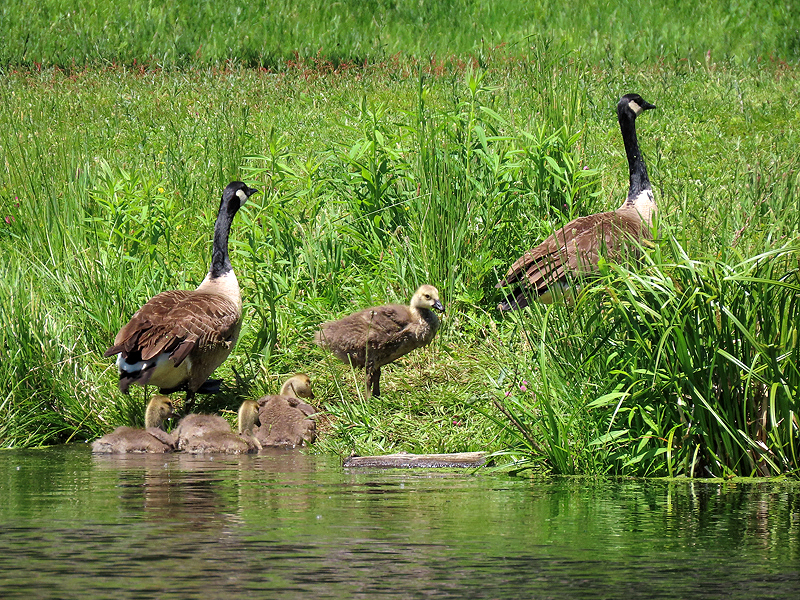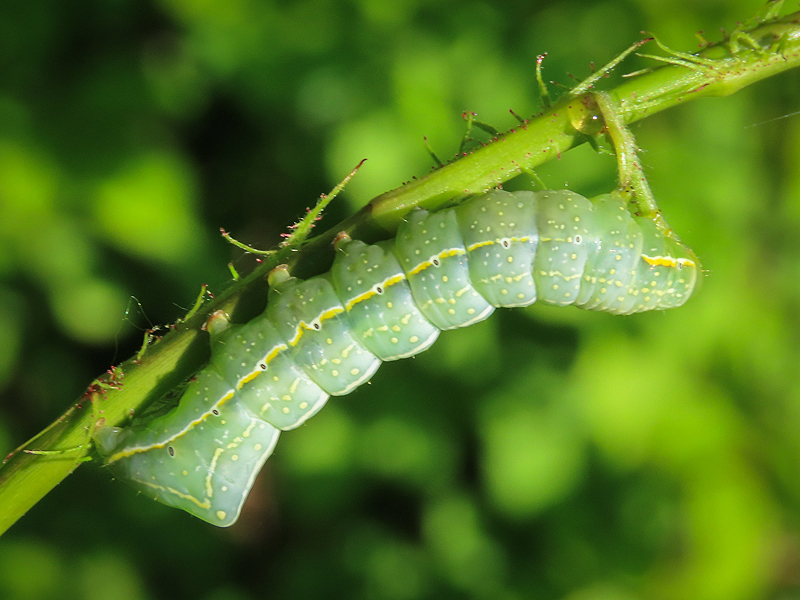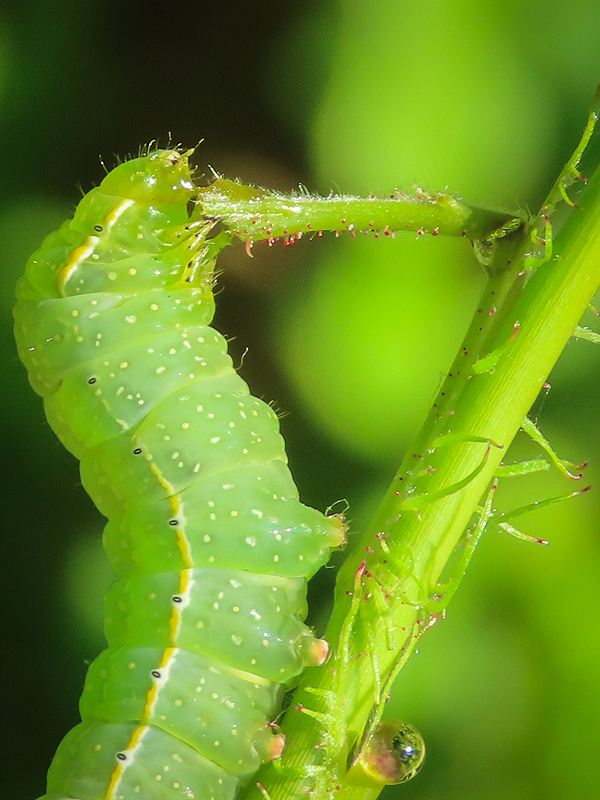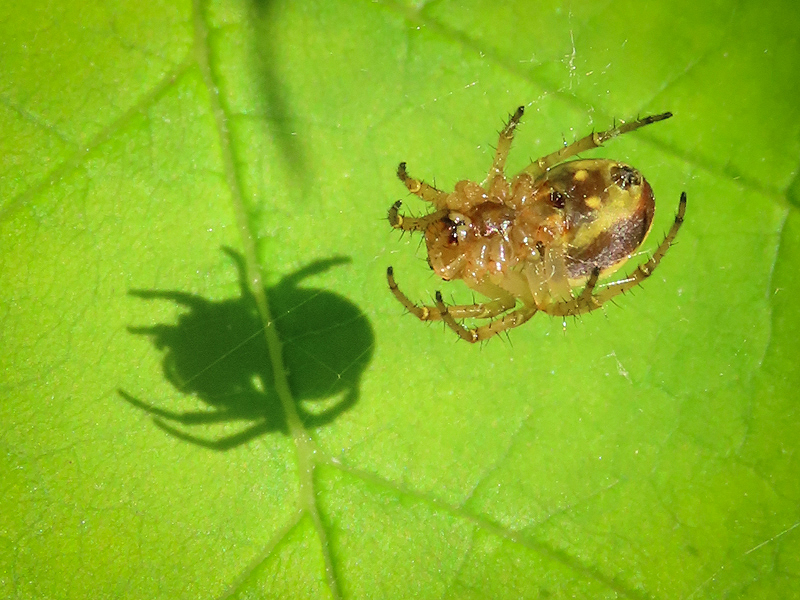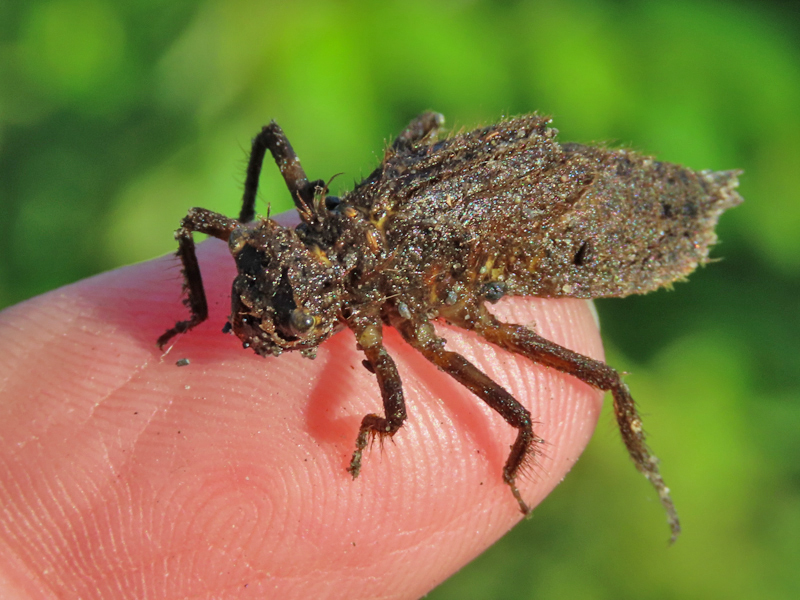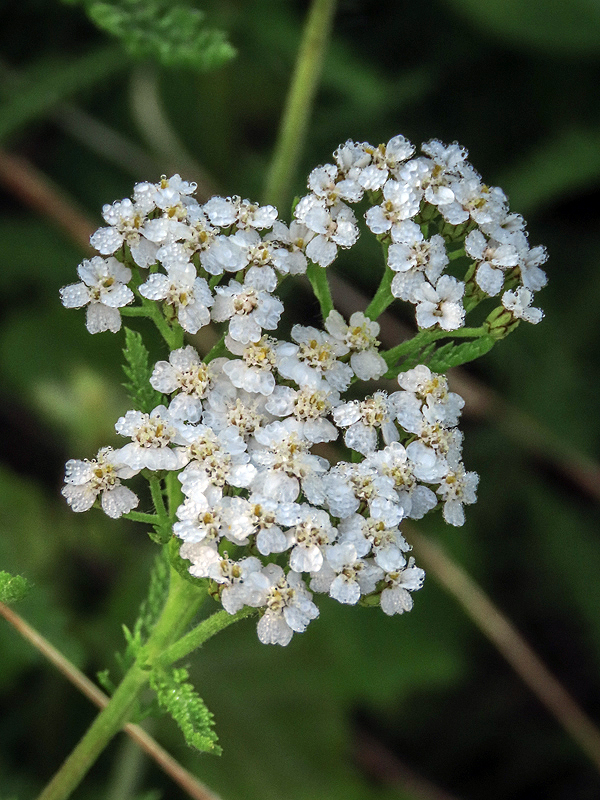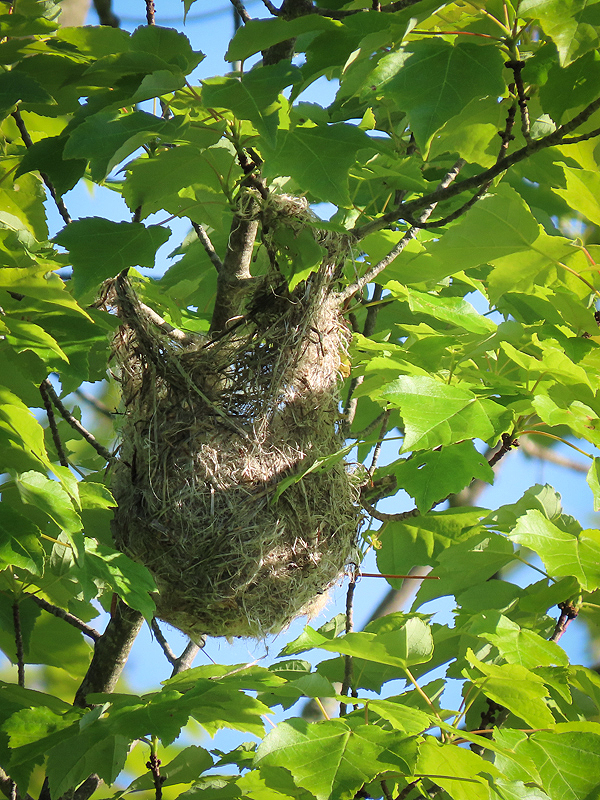Along the Air Line... 2023 - Spring, Part 17 The Air Line Trail in Eastern Connecticut - Stan Malcolm Photos |
HOME: Air Line... 2023 Pages Menu Stan's FlickR Albums |
May 25th. An afternoon walk from Bull Hill Road west over the Lyman Viaduct. Rough-fruited Cinquefoil (Potentilla recta). |
|
The dry exposed soil atop the viaduct is home to some plants that thrive in such places, like this Least Hop Clover (Trifolium dubium)... |
...and this Hairy Rock Cress (Arabis hirsuta). A Mustard (Family Brassicaceae). |
Note the basal rosette of leaves and the narrow leaves up the stem that bears seed pods and flowers. |
Blue Toadflax (Nuttallanthus canadensis), another dry soil, waste places plant. |
Red Clover (Trifolium pratense). |
The individual pea-family flowers are stunning in their own right. |
May 26th. An unusual perspective... |
...under... |
|
...a Red Clover (Trifolium pratense) flower head. |
Pedestrian operated warning signals have been installed where the trail crosses Route 207. |
Hopefully this will prevent injuries where vehicle and pedestrian visibility is poor. |
Presumably, this was a DOT project, perhaps coordinated with DEEP. |
Glad to hear that Hebron's Public Works crew removed the dangerous dead trees just east of Route 207. |
May 27th. Just a little female spider... |
...and another one, this one has caught a Firefly (Family Lampyridae). |
Great Blue Heron (Ardea herodias). |
|
|
At Cranberry Bog, the Canada Geese (Branta canadensis) were out with goslings that were not particular about which adults they were with. |
|
|
|
|
Layla. |
I got buzzed by the female Red-winged Blackbird (Agelaius phoeniceus), as usual. |
The Canada Geese got buzzed by both males and females. Note the male perched above right. |
Attack mode! |
|
That group of geese gave up and moved further away from the blackbird's nesting area. |
My how the goslings have grown! |
A massive Snapping Turtle (Chelydra serpentina) hauled out briefly, but decided there were too many people and dogs nearby. |
What a beast! |
Bullfrog (Rana catesbeiana). |
May 28th. The caterpillar of the Copper Underwing moth (Amphipyra pyramidoides)... |
...but given how exposed its resting spot, I suspect instead it will become part of a baby bird. |
|
I keep seeing these distinctive little spiders but can't identify them closer than Family Araneidae, the Orb-weavers. |
I found two Dragonfly nymphs (Order Odonata, Sub-order Anisoptera) crossing the trail, hunting for the right spots to climb stems and shed their skins, emerging as a flying adults. They're very vulnerable at this point and often become bird or rodent food. |
The "leks" of male Pollinia labialis flies are gathering. Right on time! Read all about them by scrolling down to near the bottom of this page: https://www.performance-vision.com/airline2021/airline-spring-21v.html |
Yarrow (Achillea millifolium) covered in dew. |
A Baltimore Oriole (Icterus galbula) nest in a tall Maple across the channel, roughly between the beaver dam and the DEEP sign board. |
